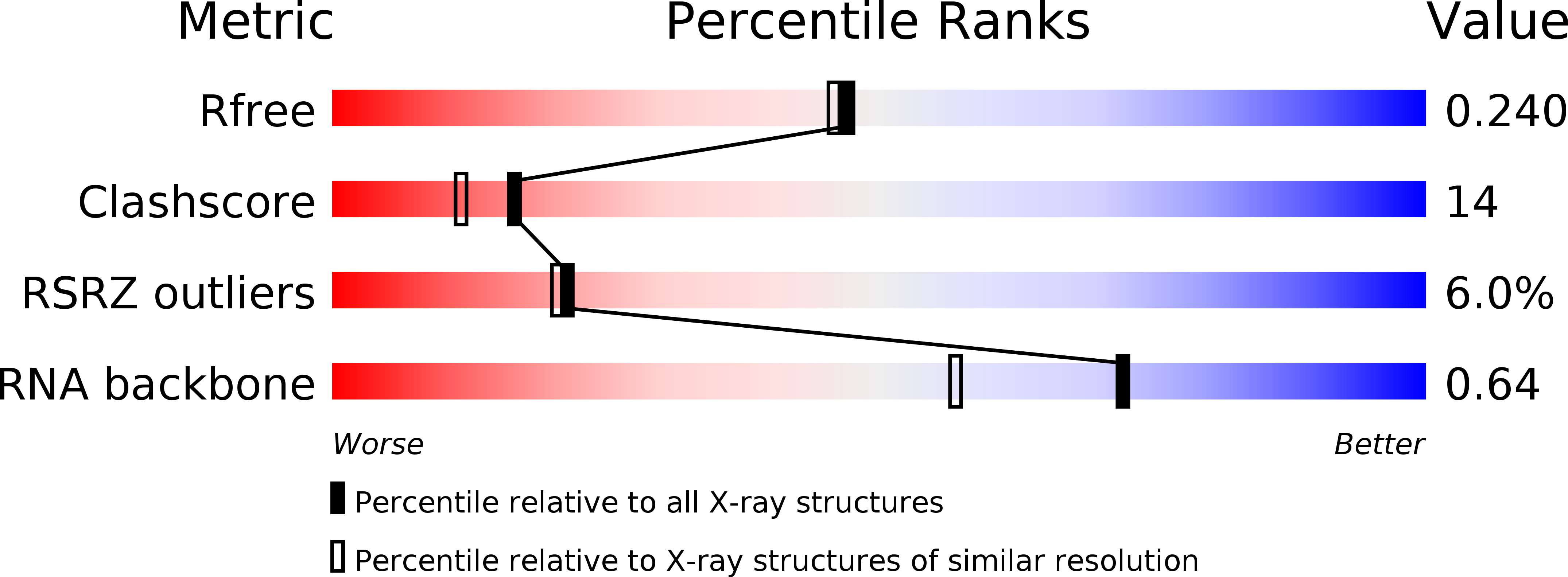
Deposition Date
2014-03-17
Release Date
2014-06-04
Last Version Date
2023-12-27
Entry Detail
PDB ID:
4P5J
Keywords:
Title:
Crystal structure of the tRNA-like structure from Turnip Yellow Mosaic Virus (TYMV), a tRNA mimicking RNA
Biological Source:
Source Organism:
Turnip yellow mosaic virus (Taxon ID: 12154)
Method Details:
Experimental Method:
Resolution:
1.99 Å
R-Value Free:
0.23
R-Value Work:
0.20
R-Value Observed:
0.20
Space Group:
I 2 2 2


